Is Korean Food Gluten-Free?
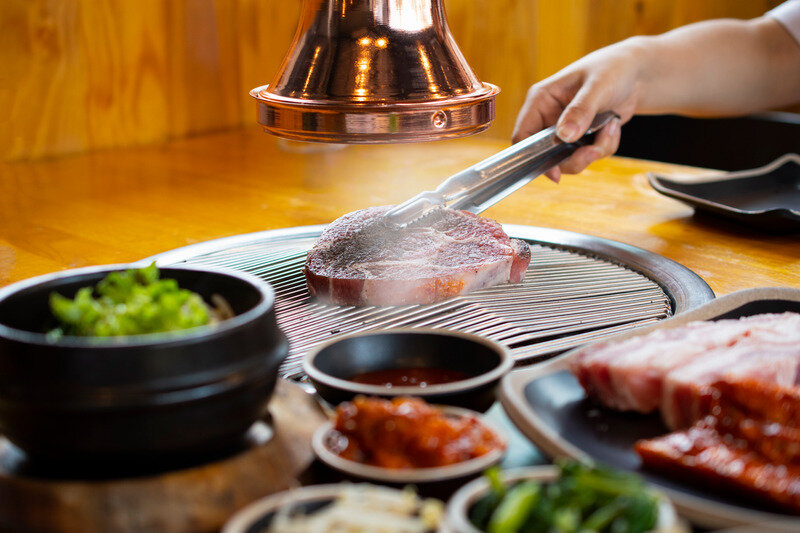
Is gluten present in Korean cuisine? In general, most Korean foods do not include wheat or gluten. However, many meals, like bibimbap, dumplings, and marinated meats, include gluten-containing soy sauce. If you’re eating out, ask for no soy sauce. You can make your wheat-free soy sauce at home.
That’s not all, though.
You should also know how to order Korean food and make sure it’s gluten-free. Don’t be concerned. In this essay, I’ve covered all you need to know.
I’ll also go through which Korean meals you should order and which you should avoid. In addition, I’ll discuss gluten-free alternatives to gluten-containing items in Korean cuisine.
Continue reading to read and learn everything there is to know.
Is there wheat in Korean soy sauce?
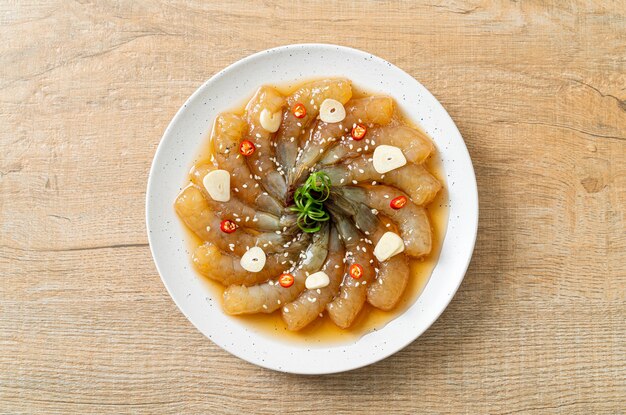
Soy sauce is not used as frequently in Korean food as in Japanese or Chinese cuisine.
That isn’t to say it’s never utilized. You can very well assume that any meal with an ingredient ending in “Jang” is made with soy sauce.
Soy sauce is prepared by combining soy and wheat and fermenting them for many days.
This generates a salty brine, which gives soy sauce its distinctive taste. You can expect a specific sort of soy sauce to be manufactured similarly regardless of where it comes from.
Traditional soy sauce is not ideal for a gluten-free lifestyle, evidenced by the components utilized.
Given the popularity of kimchi in Korean cuisine, it’s logical that you’d want to know if it’s gluten-free.
But first, what precisely is kimchi?
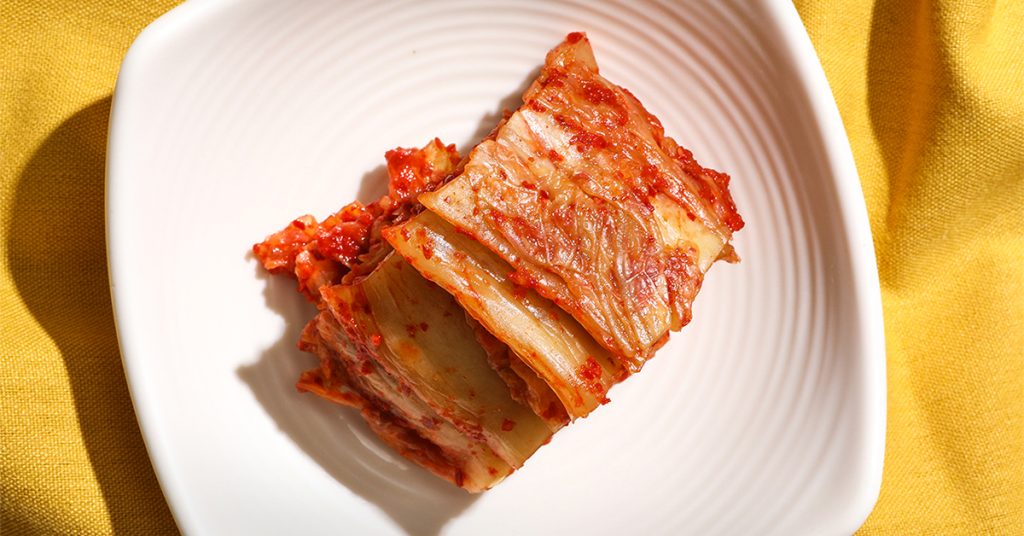
In Korean homes, kimchi is a staple. It may be made using a variety of vegetables, garlic, ginger, chili peppers, salt, and fish sauce. Still, in most cases, it includes pickling a mixture of vegetables, garlic, ginger, chili peppers, salt, and fish sauce.
Napa cabbage is the most widely utilized vegetable. Carrots, radish, cucumber, and scallions are also occasionally found.
The kimchi mixture is traditionally placed in a clay pot and left underground to ferment for months.
Instead of spending all this time making your kimchi, you may get it ready-made from a supermarket. It’s available at almost all supermarkets, including Walmart. Just be wary of store-bought versions, as they tend to be higher in salt.
Most people think of kimchi as a condiment that goes with various Korean foods.
It’s typically used to give flavor and texture to bland meals like rice, noodles, or even baked potatoes because of its complex flavor, which is a blend of sweet, sour, and spicy. Some people use it to dress up their eggs or decorate a sandwich.
Isn’t that appealing? For the gluten-free tourist or eater, there’s good news: kimchi is gluten-free!
There are several gluten-free fermented foods on the market. And this is fantastic since fermented foods are healthful.
Is bibimbap gluten-free in Korea?
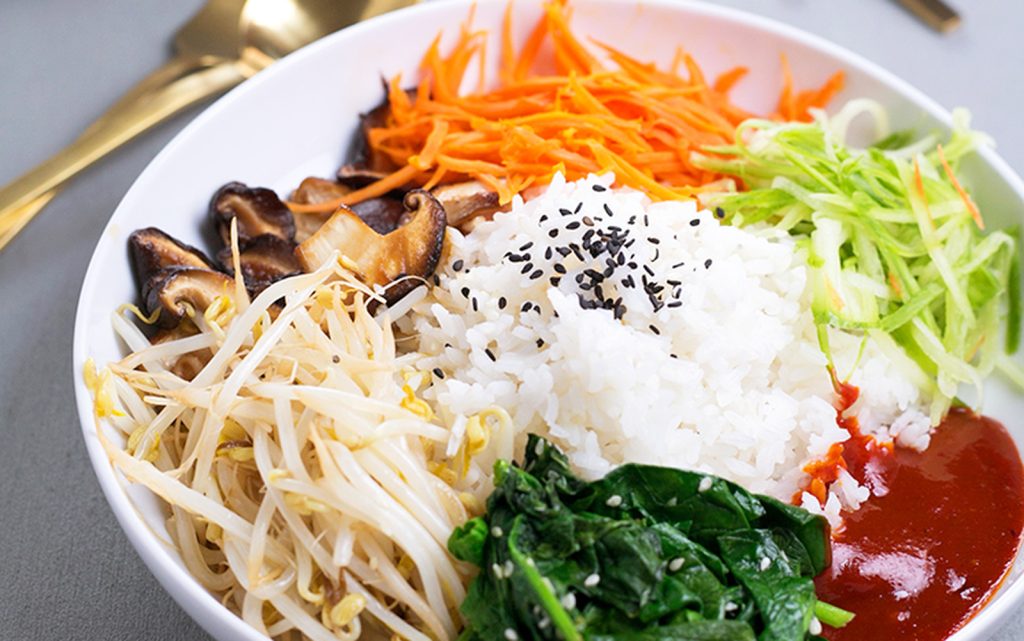
The Korean rice dish bibimbap is nearly never gluten-free.
That isn’t to say that gluten-free alternatives aren’t available. All you need to know is what to look for on the menu, what questions to ask your waitress, and which ingredients to avoid.
The biggest thing you’ll want to avoid is eating any meat. Meat is usually seasoned with gochujang (red pepper paste), ganjang (soy sauce), or fermented soybean paste (doenjang).
As previously stated, wheat is present in almost all soy sauce varieties - anything with “Jang” in the name. As a result, it’s better just to stay away from meat in your bibimbap.
That isn’t to say that choosing a vegetarian is always a good idea.
If the veggies have been dipped or marinated in soy sauce, you should inquire with your server. You’ll also need to request your dish sans gochujang, a common bibimbap ingredient.
When you’re gluten-free, Vietnamese cuisine is a little simpler to appreciate.
In their spring rolls, they want to use fresher ingredients and dipping sauces (made with rice wrappers)
Are gluten-free Korean dumplings available?
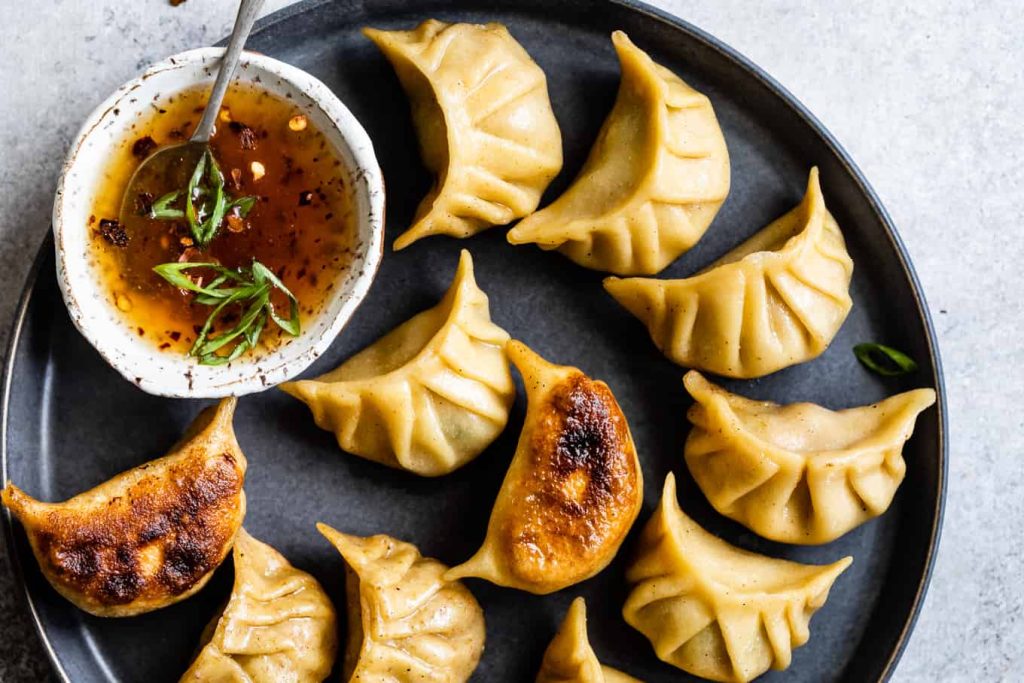
The short answer is yes.
The majority of dumplings include gluten.
The fillings are generally seasoned with soy sauce and other ingredients. On the other hand, the wrappers are virtually usually made of wheat.
When you’re gluten-free, both of these factors make it tough to eat dumplings.
Dumplings may be found in almost every East Asian cuisine.
Dim sum is popular in China, gyoza is famous in Japan, and mandu is popular in Korea. These dumplings, which generally include a blend of veggies and meat, are usually extraordinarily savory and packed with wonderfully fresh ingredients.
Korean mandu dumplings can be used in a variety of ways. They may be filled with several different contents and cooked in various ways.
Here are a few examples of what you could see on a Korean menu:
- Meat is the major component in Gogimandu.
- Vegetables are the central element in Yachaemandu.
- Shrimp is a significant component in Saewumandu.
- Kimchi mandu is a self-explanatory dish (kimchi as the main ingredient)
- Steamed Jjinmandu
- Tuiginmandu is a deep-fried dish.
- Pan-fried gun mandu
- boiled Mulmandu.
In both cultures, egg rolls and spring rolls are comparable to dumplings. Even if your spring roll has a rice wrapper, the filling can be seasoned with soy sauce.
You might try making gluten-free fried dumplings with a twist if you genuinely want to make them at home.
Use corn masa instead of typical wheat wrappers, which you can learn more about in a recent post.
It will modify the flavor somewhat (making it more like an empanada) and can only be eaten fried (not boiled or steamed), but it’s worth a go if you’re interested.
How to order gluten-free Korean cuisine
In Korean cuisine, there are several gluten-free alternatives.
You need to know how to place your order and what to look for. When ordering gluten-free Korean food, there are a few basic questions to ask:
Inquire if the food contains soy sauce or gochujang (red pepper paste). If you don’t want it, don’t order it.
Avoid meat in bibimbap since it’s likely seasoned with wheat-based sauces.
Dumplings are an absolute no-no.
Your best friend is a Korean barbeque. You get to prepare the meat and veggies yourself, and you don’t have to use any of the banned sauces.
Because they are not frozen, use fresher foods.
If you don’t want to deal with a bespoke order, consider one of these Korean dishes:
- Galbitang is a Filipino word that means “to be (beef soup with mild broth, sweet potato noodles, and green onions)
- King crab steamed in Korea.
- Gukbap Sashimi (a soup that comes in many varieties)
- Jjigae Soondubu (tofu stew)
- Nakiji (“recently deceased octopus”) is a Japanese word that means “recently dead octopus.”
- Samgyetang is a term used to describe a group of people (ginseng-jujube soup with an entire chicken inside, stuffed with rice, garlic, and other herbs)
Hopefully, this has answered all of your questions regarding gluten-free Korean cuisine.
It might be challenging to eat gluten-free in Asian nations, especially China, Japan, and Korea. Wheat is used in a variety of recipes.











